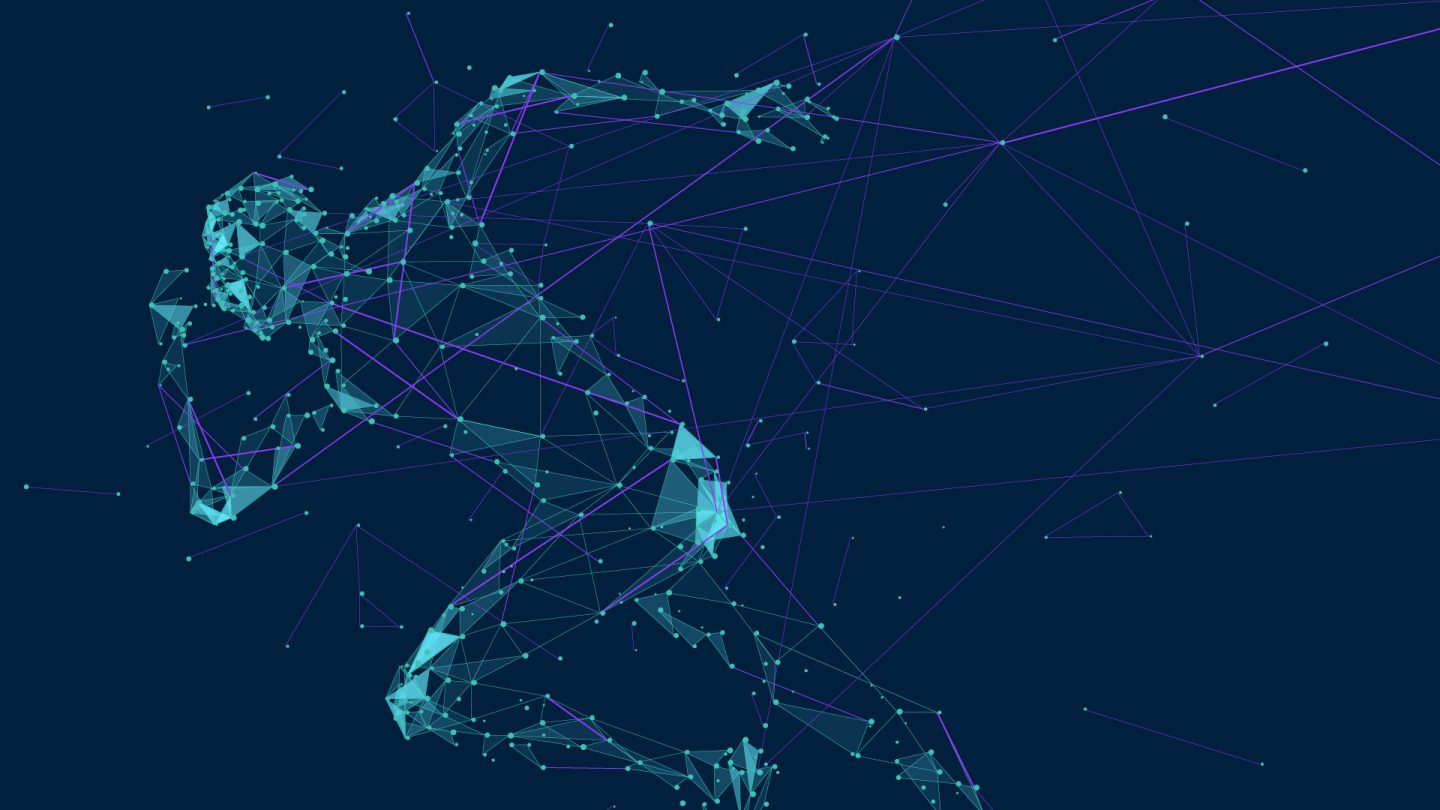Leverage a digital backbone for better, faster transformation
Build a digital backbone for the future – faster, cheaper, and more efficiently by leveraging open technology that helps everything work together.

When you race to digitally transform, you need to pay attention to two high-level fundamental tasks:
1. Taking your core business – what you do today – and leveraging your technology to do it better, faster, cheaper, more efficiently.
2. Stepping out of your core business and creating new models that didn’t exist previously.
In my last post, I discussed how you can leverage the technology you already have, making it work for you by creating a solid foundation… a digital backbone for the future. In this post, I will explain how you can do all this – but better, faster, cheaper, and more efficiently by leveraging technology.
Challenges in IT
I’d like to address this with an analogy. Some years ago, it was notoriously difficult and virtually impossible for managers running data centers to get an end-to-end health overview of the entirety of servers, switches, routers, network components, PCs, etc. in a data center. It was very difficult to predict where the next problem could occur, such as a disc space shortage or a CPU outage.
The problem was that each hardware provider like HP, IBM, Sun, Cisco, …. offered their own monitoring tools, which were not capable or designed to give a view across all vendors. All these hardware components produced their own versions of so-called log-files which were separately stored and analyzed.
This challenge was identified by software specialists like Splunk who then delivered the first log-data analytics platform for any kind of hardware. Today, Splunk has a market cap of US $25 billion.
Challenges in manufacturing
There is a similar challenge in manufacturing – for production plants, plant managers, country managers, and globally responsible production executives. Monitoring all kinds of machine data across all machine vendors with one central view is even more difficult than the same challenges were for data center hardware 15 years ago.
When you throw in multiple plants, countries, managers and more, this is extremely difficult on an enterprise level. This goes way beyond the harmonization of log-data files. Production automation is typically driven by so-called manufacturing execution systems (MES), highly industry-specific software products, often built as a one-off by the manufacturing companies themselves, for themselves.
Creating a semantic layer over all kinds of MES, machines and robots is a true challenge. But is a prerequisite for solving the challenge à la Splunk.
A solution to the challenge
A large part of the above-mentioned challenge is already solved by existing technology. This is the case for Internet of Things (IoT) device data integration, integration of existing business applications (iPaaS), and process automation/analytics. Those three areas can be seen as a backbone for individual software development that leads industry players to new digital business models. It also enables companies to protect their digital sovereignty as they run on all major cloud stacks, so switching costs are relatively low.
Furthermore, it avoids your company getting bogged down with complex infrastructure software development that is not a value-add for per se. You can start a specific software creation process much later and on a robust, scalable, and cloud-agnostic stack.
I envision a convergence of integration and API technology used to process transactional data, IoT capabilities for device data, and the digitalization and optimization of core business processes. It is not a packaged application, rather an open platform that is built for white-labelling and as a foundation for custom application building.
Software AG’s solution
At Software AG, these technologies already exist. Our current digital stack is already offering relief for companies on their journey to build new software-based solutions across on-premises, edge, and cloud.
This is what I call the backbone for a new breed of software applications and industry solutions which are based on a merger of transactional, IoT, and process data. In the future, I envision this to look something like a productivity stack for digital business building.
The target markets
The above-described challenges apply to virtually all industries, from banking to machine builders, from public sector to the process industry.
You – the customer – have a clear understanding as to what digital transformation means to your company in concrete terms. What is the need for optimization? What new businesses can you build based on new software-enabled offerings?
You know the answers. We have the digital backbone to make your wishes come true – better, faster, cheaper, and more efficiently.
